Letter recognition Letter Recognition Worksheets for Ages 4-5
63 filtered results
-
From - To
Help your preschooler master the alphabet with our engaging Letter Recognition Worksheets for Ages 4-5. Each printable sheet offers fun activities designed to enhance letter identification, reinforce phonics, and boost early reading skills. Perfect for home or classroom use, these colorful worksheets feature tracing, matching, and letter-spotting exercises that make learning enjoyable. Created by educational experts at Kids Academy, these resources are a fantastic way to prepare your child for a lifelong love of reading. Download now and watch your child’s confidence soar as they learn to recognize and use every letter from A to Z!
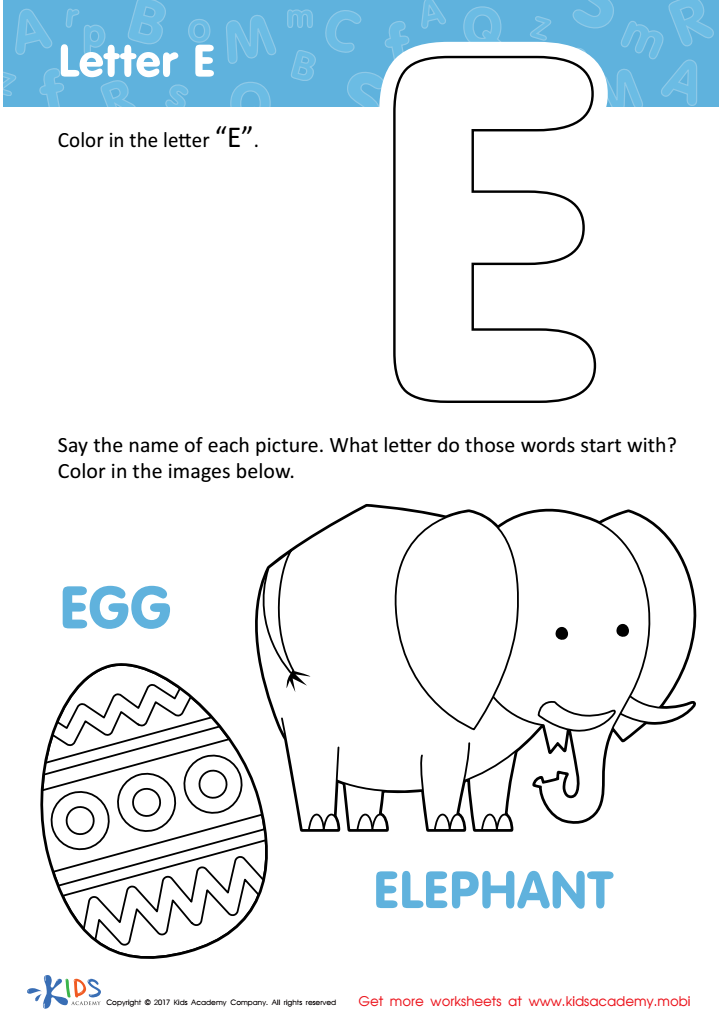

Letter E Coloring Sheet


Letter U Tracing Worksheet
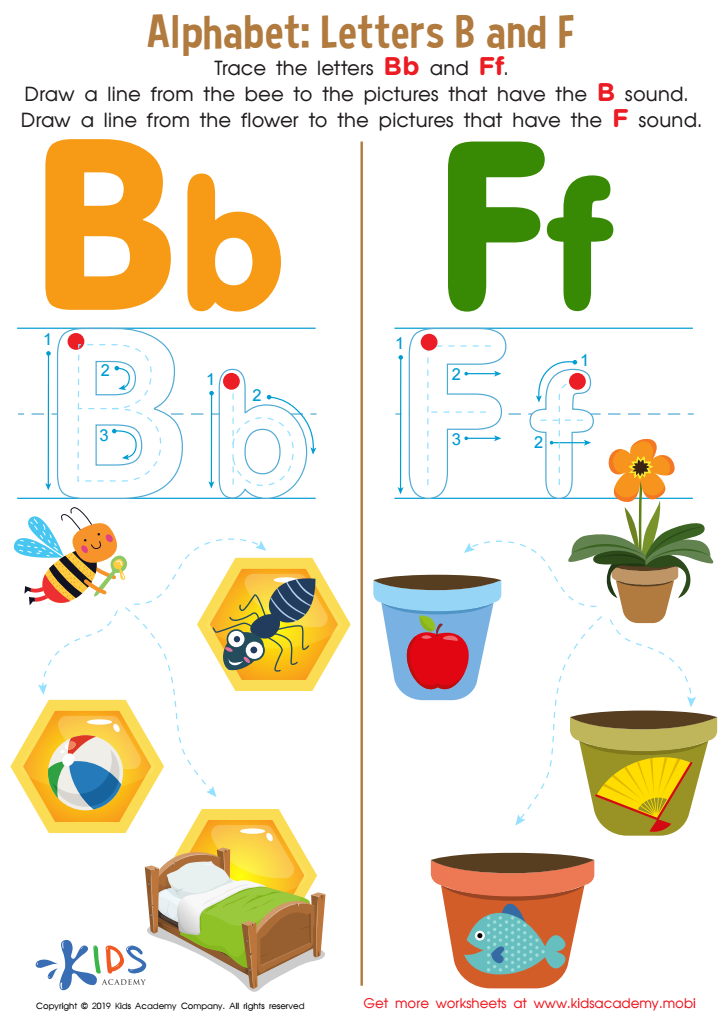

Letters B and F Tracing Worksheet
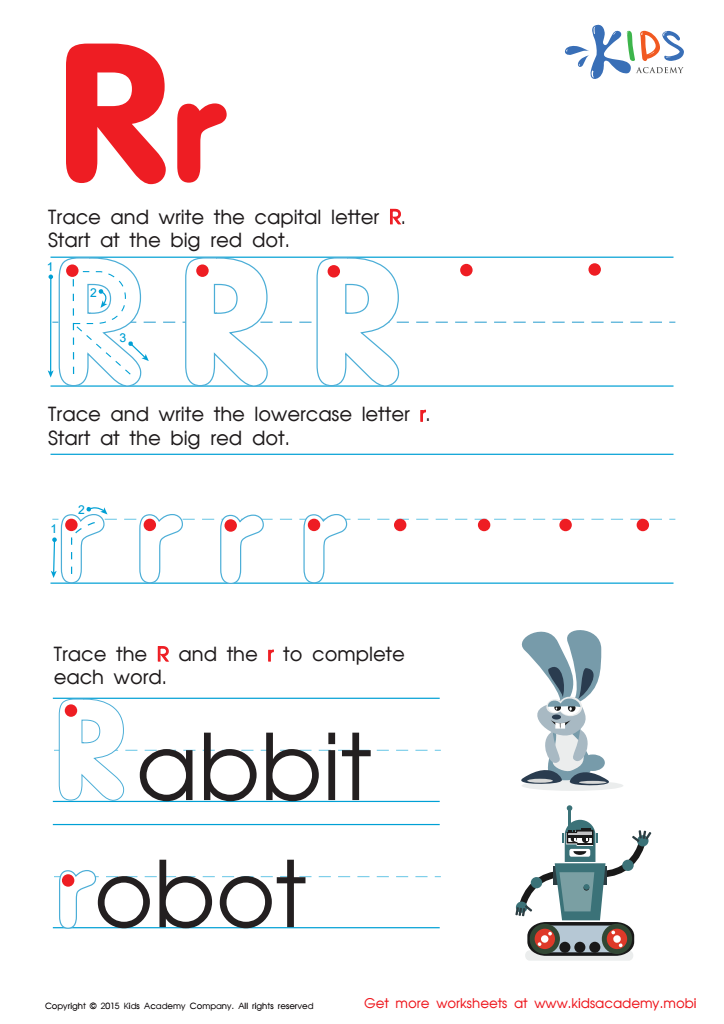

Letter R Tracing Page
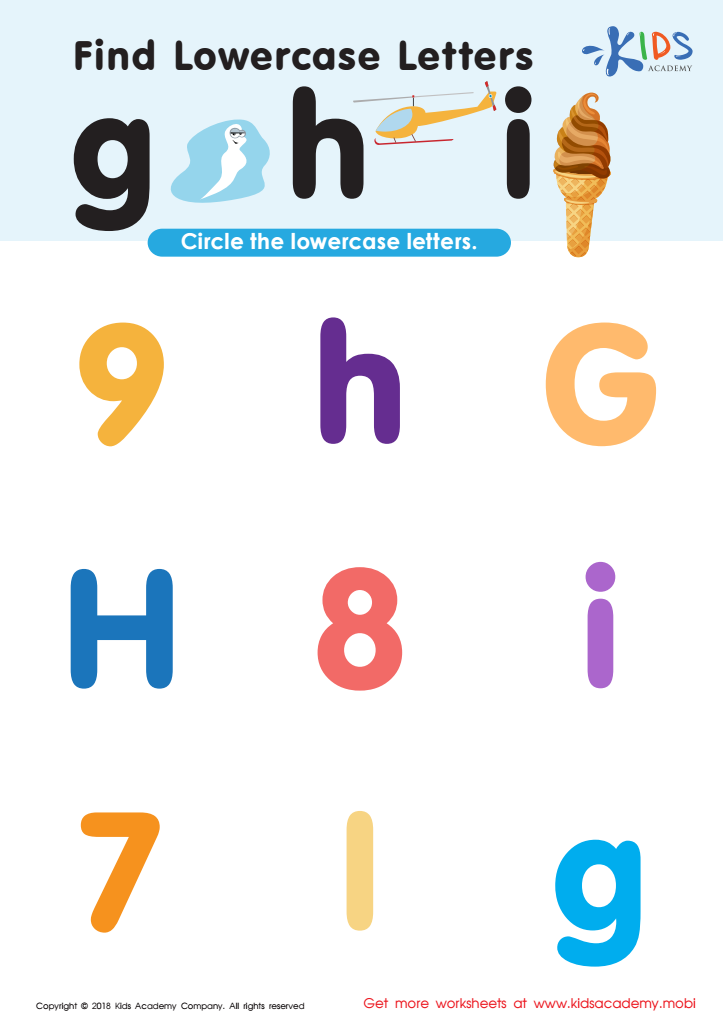

Find Lowercase Letters g h i Worksheet
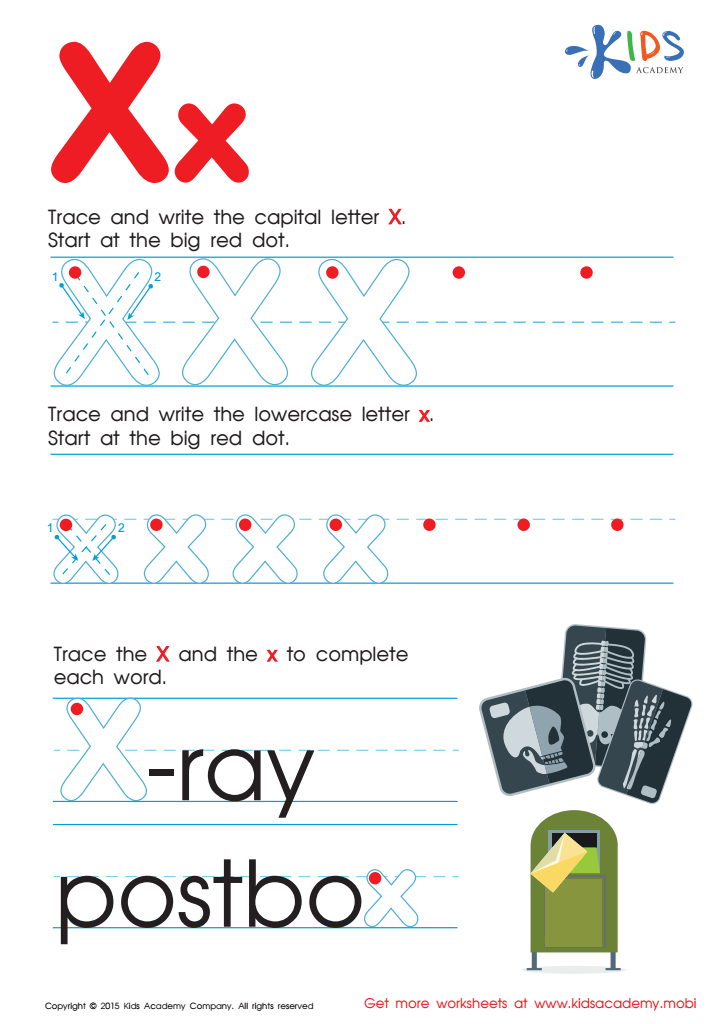

Letter X Tracing Page


Letter P Tracing Page


Letter U Tracing Page


Letter Q Tracing Page
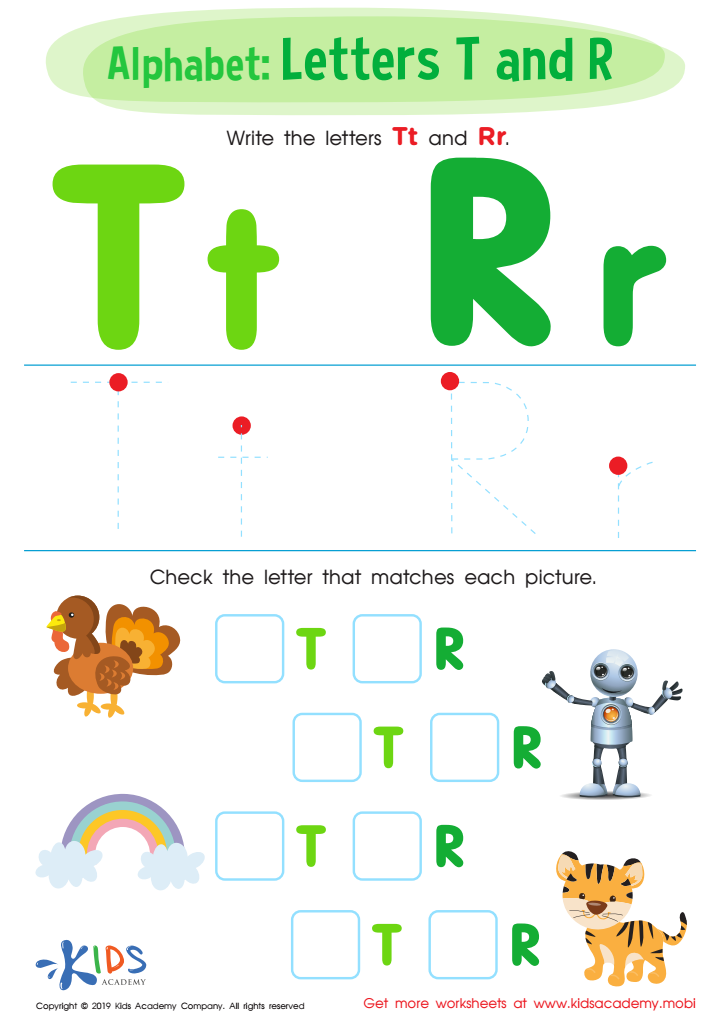

Letters T and R Worksheet
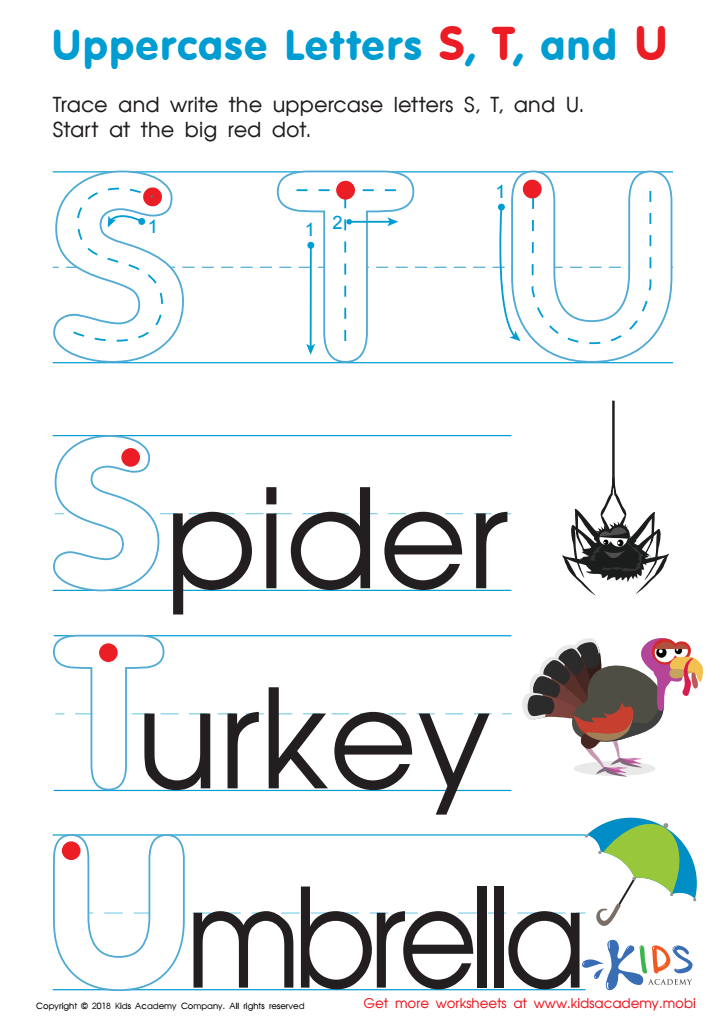

Uppercase Letters S, T, and U Worksheet
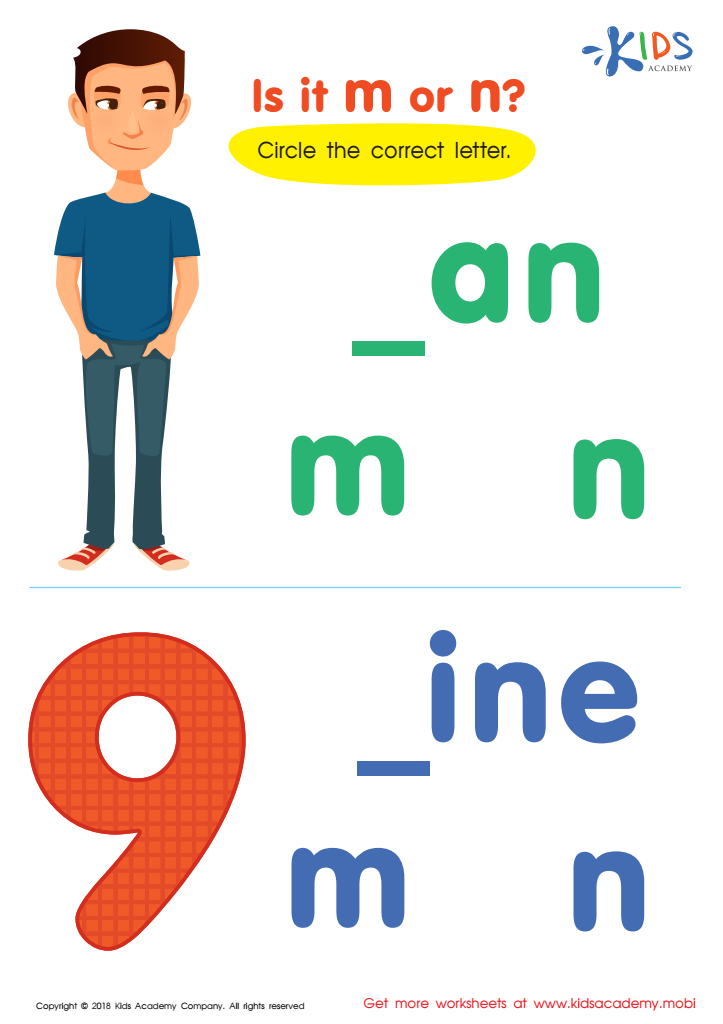

Is It m or n? Worksheet
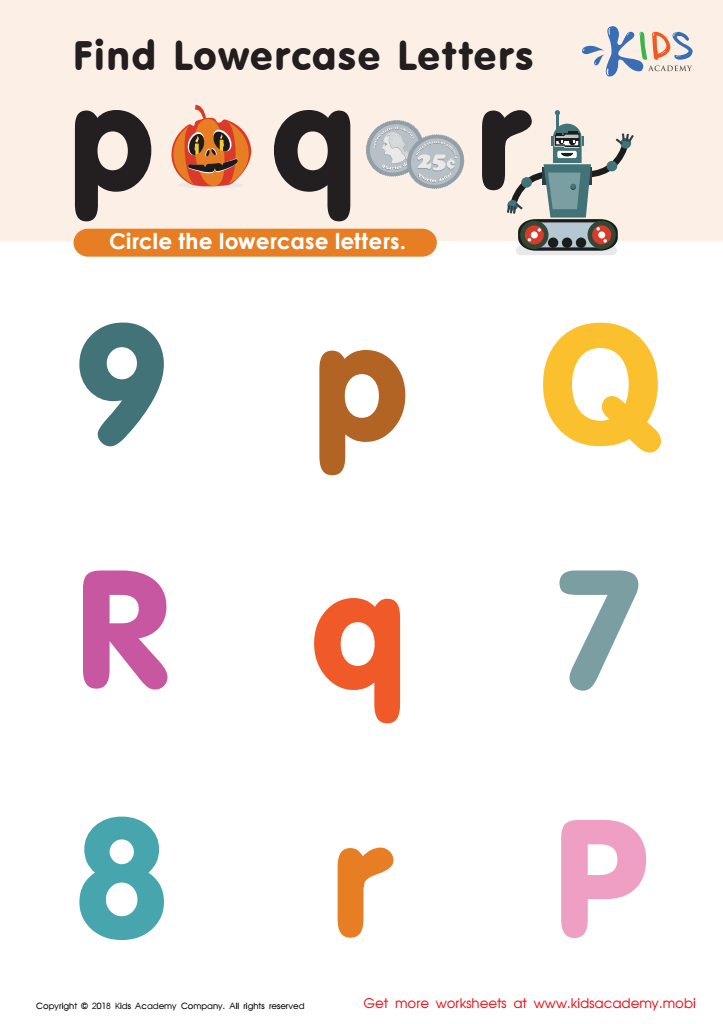

Find lowercase Letters p q r Worksheet
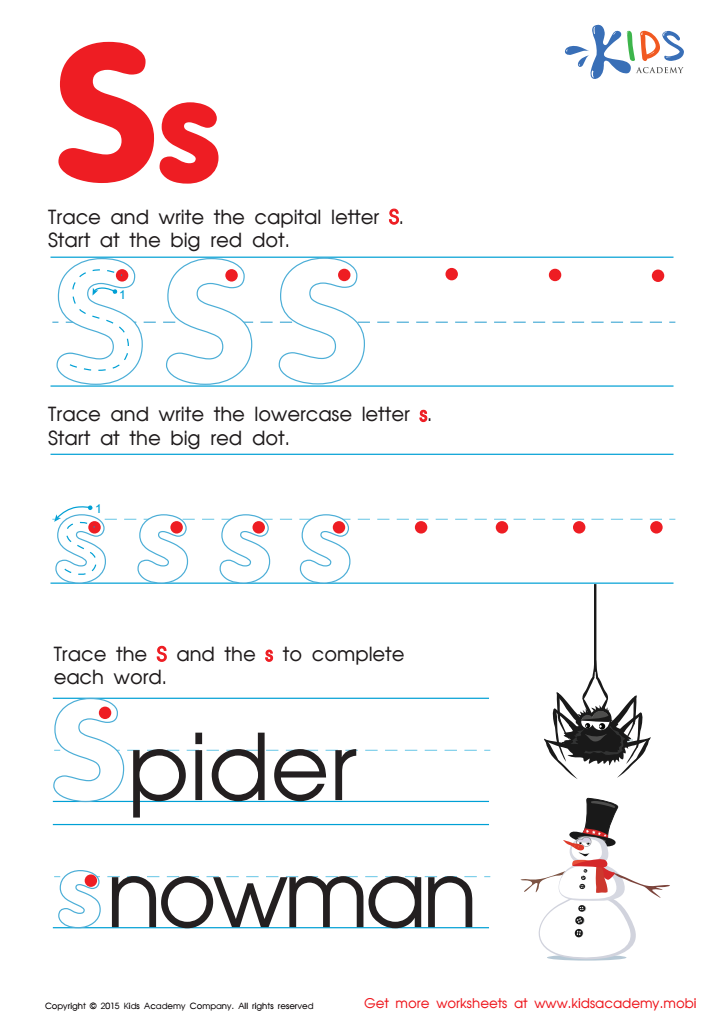

Letter S Tracing Page
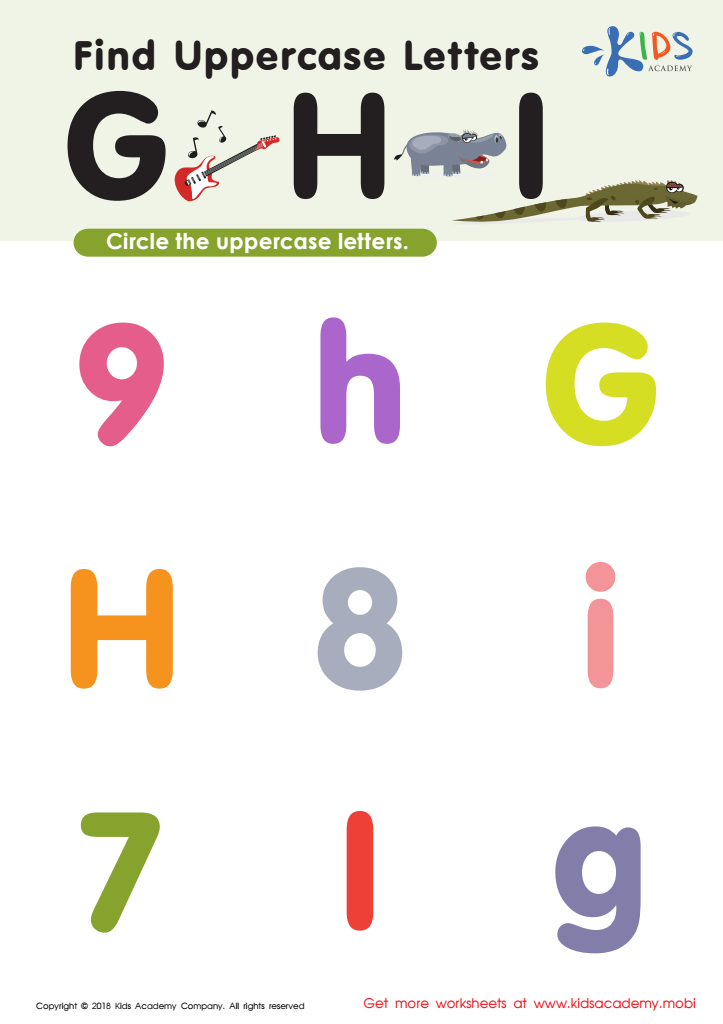

Find Uppercase Letters G, H, and I Worksheet
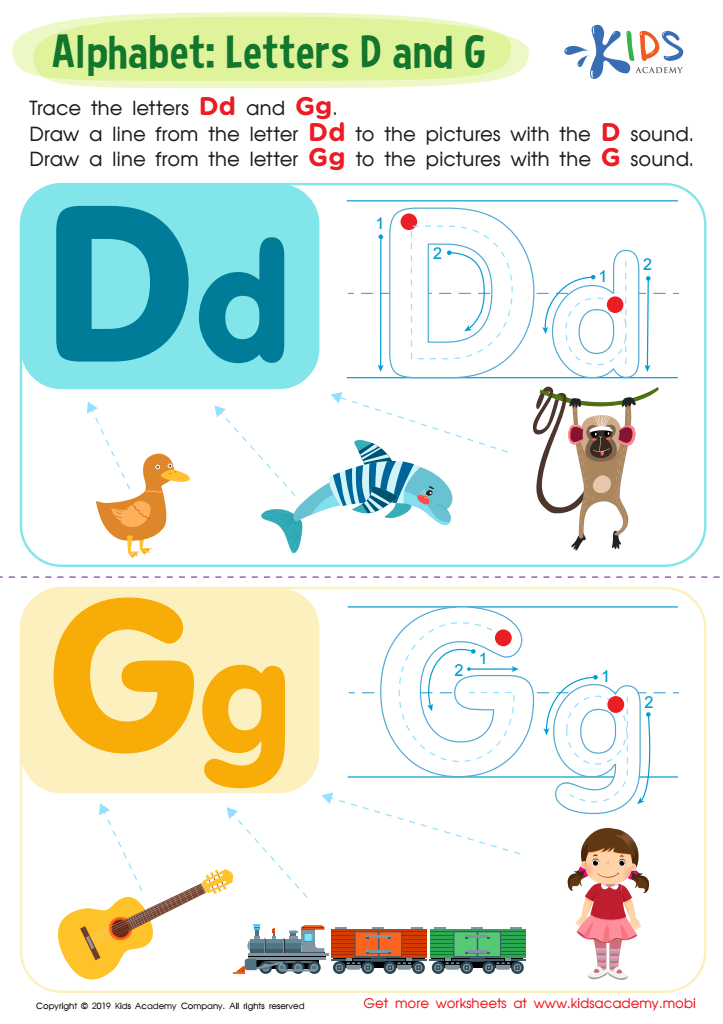

Letter D and G Tracing Worksheet
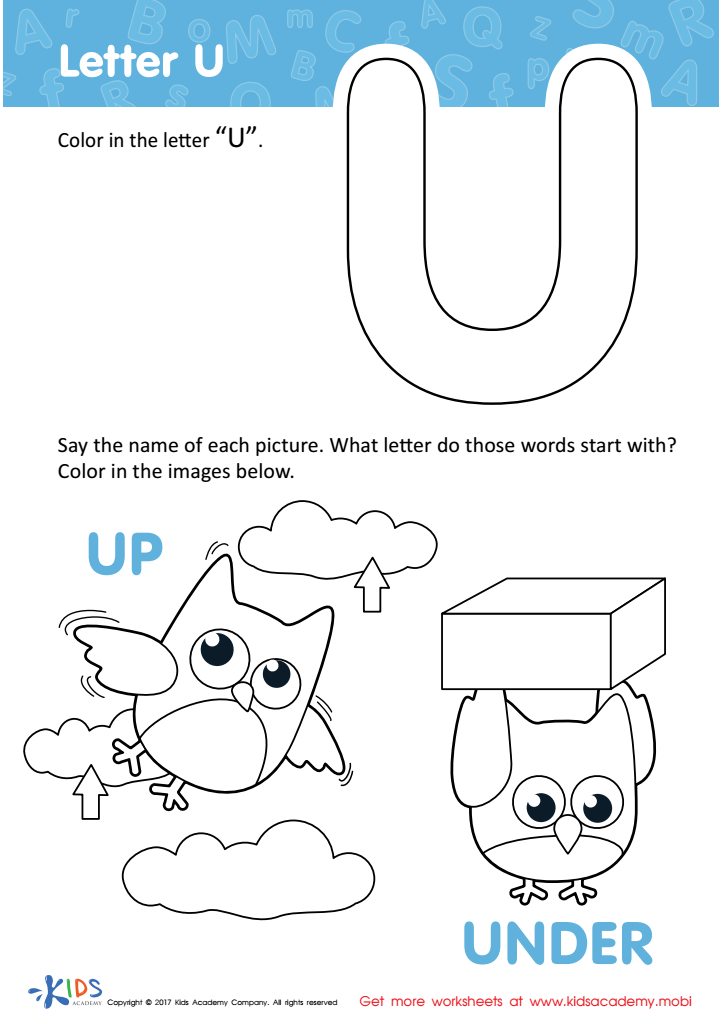

Letter U Coloring Sheet
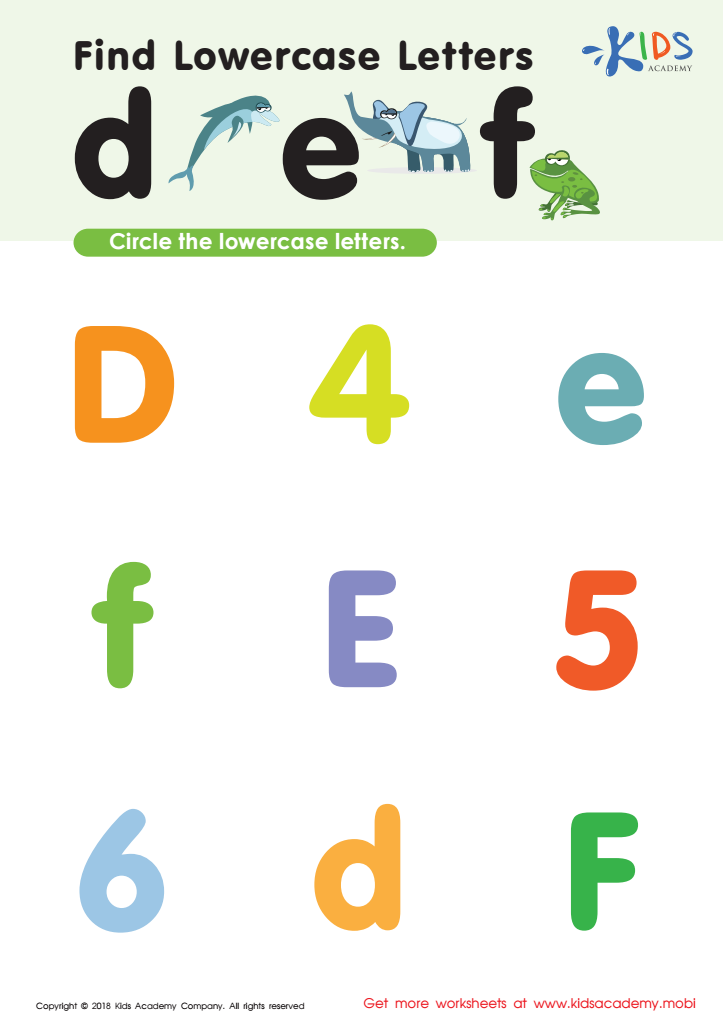

Find Lowercase Letters d e f Worksheet
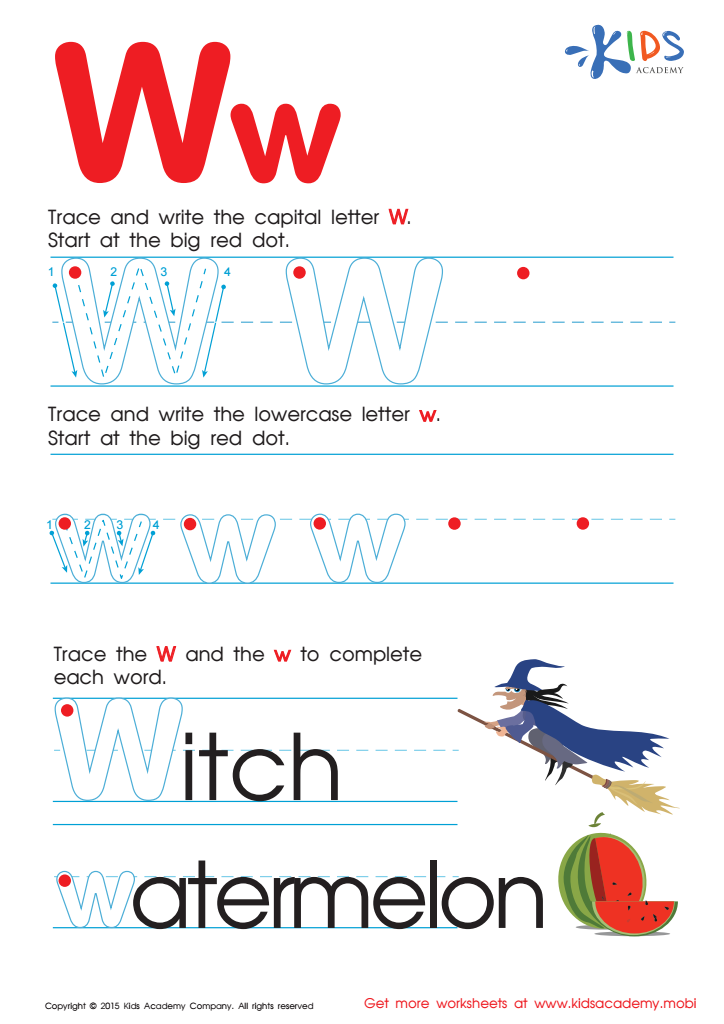

Letter W Tracing Page


Letter H Tracing Page


Uppercase Letters Maze Worksheet
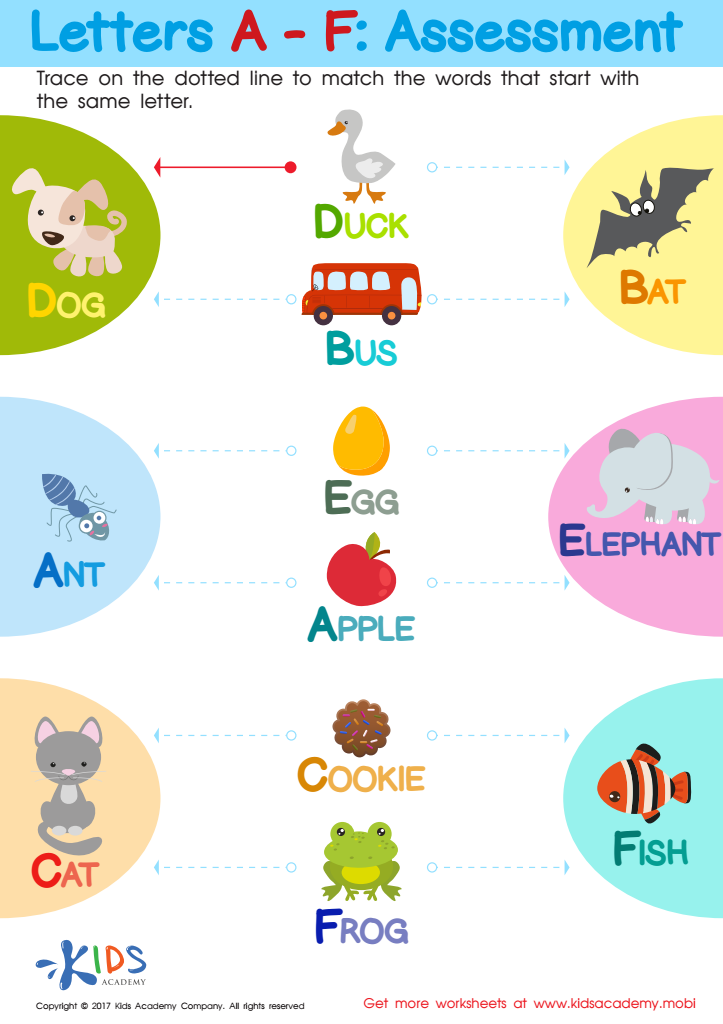

Letters A - F Worksheet


Find Uppercase Letters Worksheet
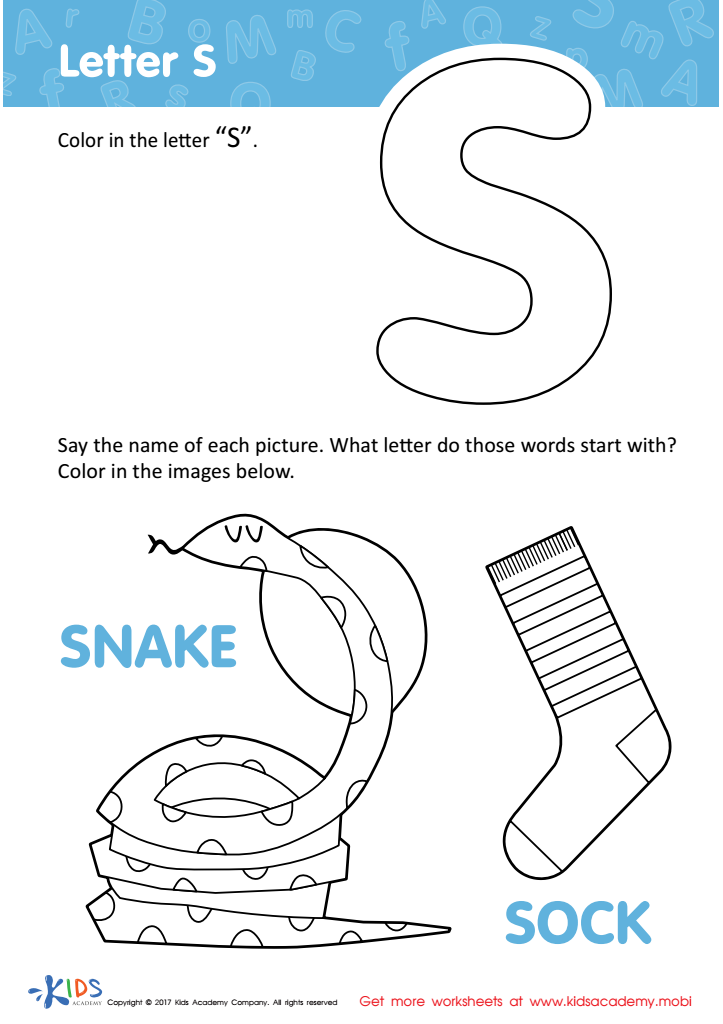

Letter S Coloring Sheet
Letter recognition for children aged 4-5 is crucial to their early literacy development, serving as the foundation for reading and writing skills that are essential throughout their educational journey and beyond. At this young age, children's brains are exceptionally receptive to learning new languages and symbols. Understanding and recognizing letters equips children to decode words, enabling them to read. This early skill can directly correlate with future success in reading comprehension, vocabulary acquisition, and even mathematical learning.
For parents and teachers, emphasizing letter recognition helps children feel more confident in their abilities. A child who can recognize letters is more likely to engage with books and other written materials, promoting a positive attitude towards learning. Additionally, early letter recognition aids in developing fine motor skills, as writing letters builds coordination and dexterity.
Teachers can design activities that make learning interactive and enjoyable, and parents can extend these practices at home, fostering a cohesive learning environment. Ignoring this fundamental step can result in children facing difficulties with more complex literacy tasks later, potentially leading to struggles across various academic subjects. Therefore, investing in letter recognition at ages 4-5 is a critical step to unlocking a child's full academic potential.
 Assign to My Students
Assign to My Students















